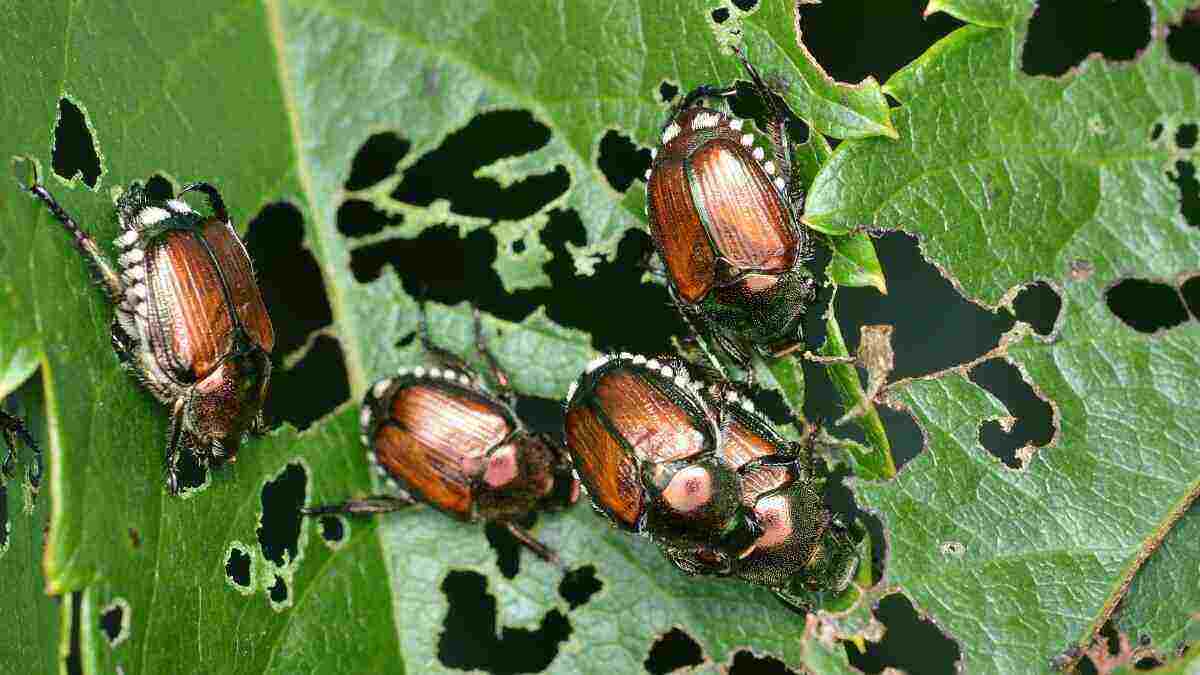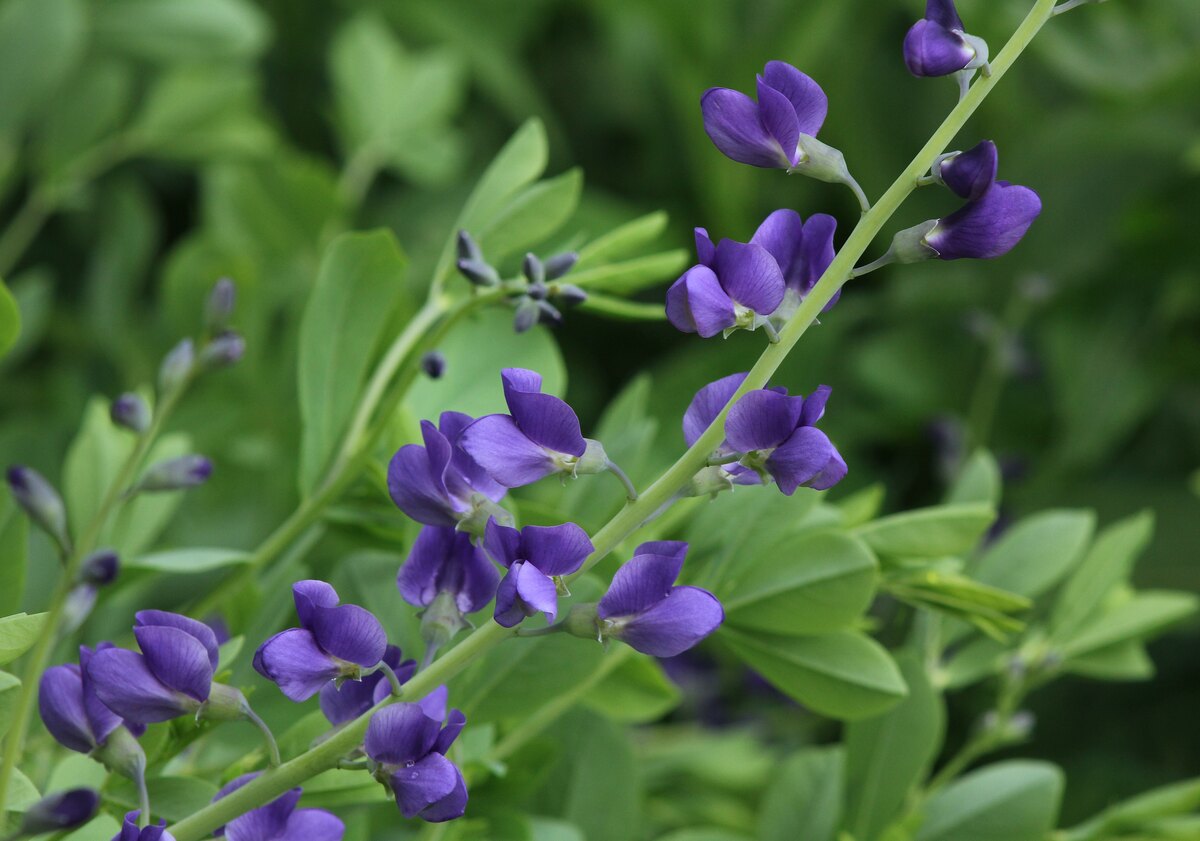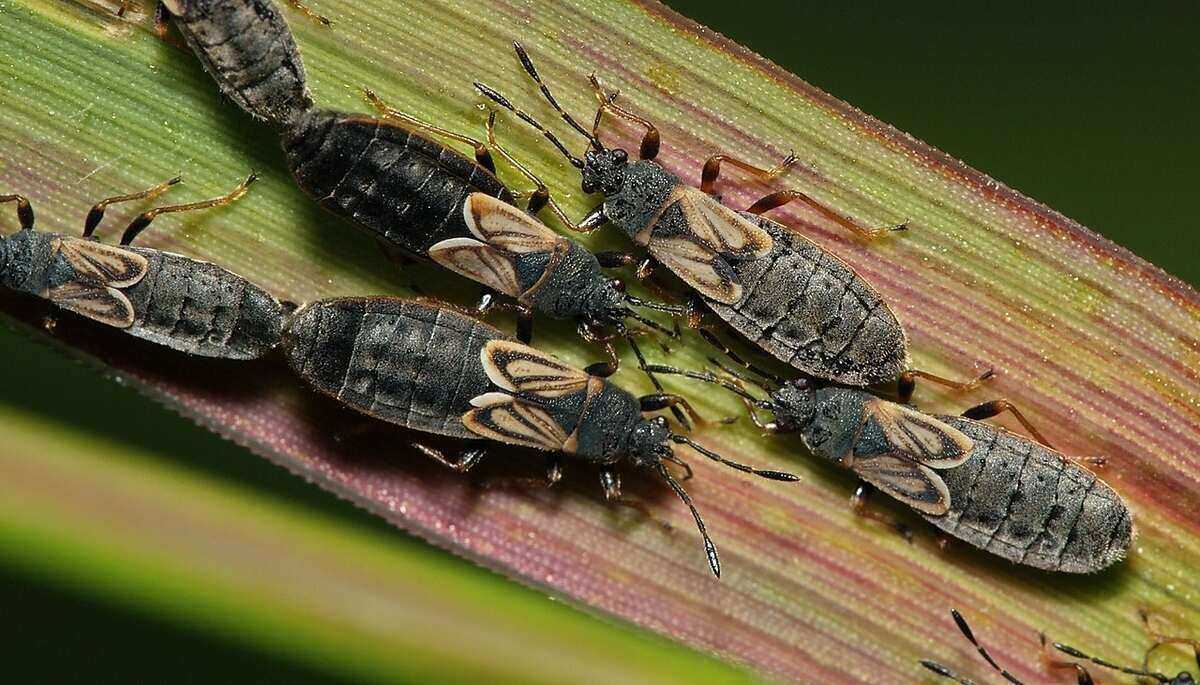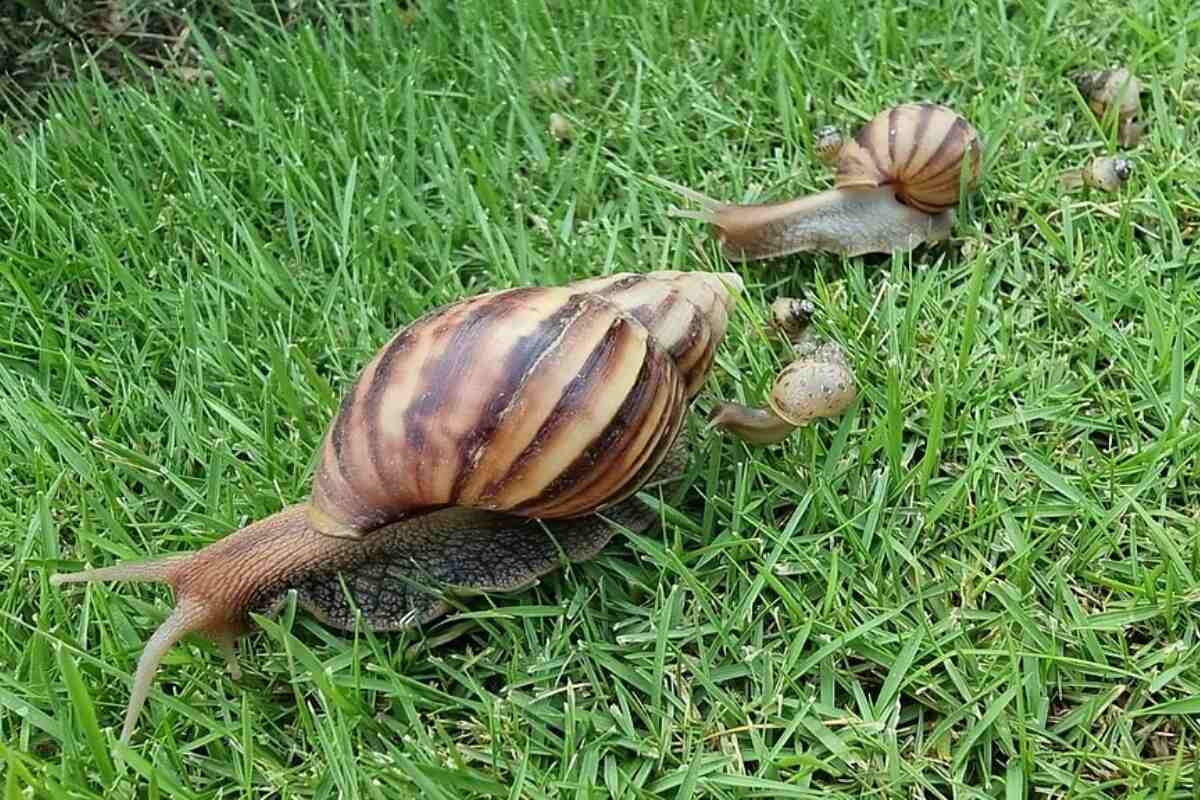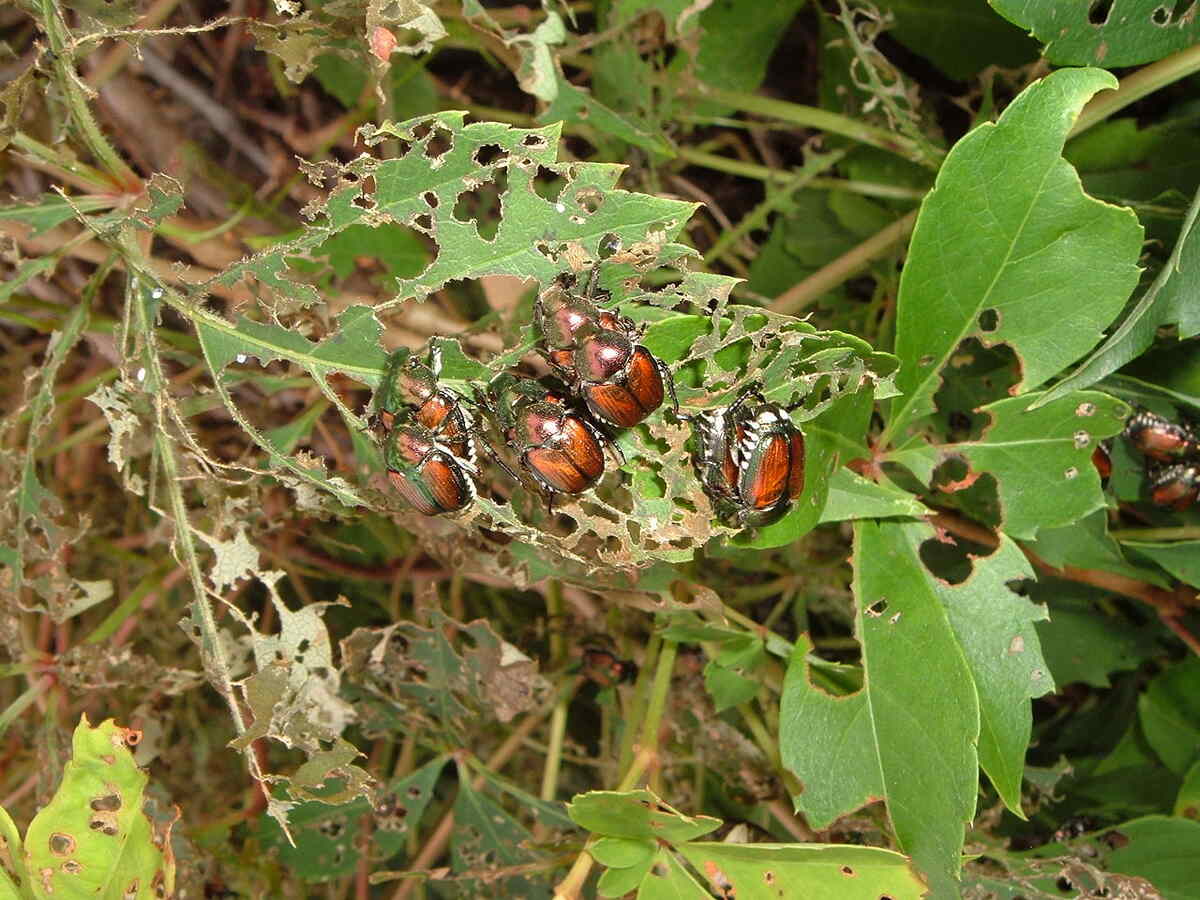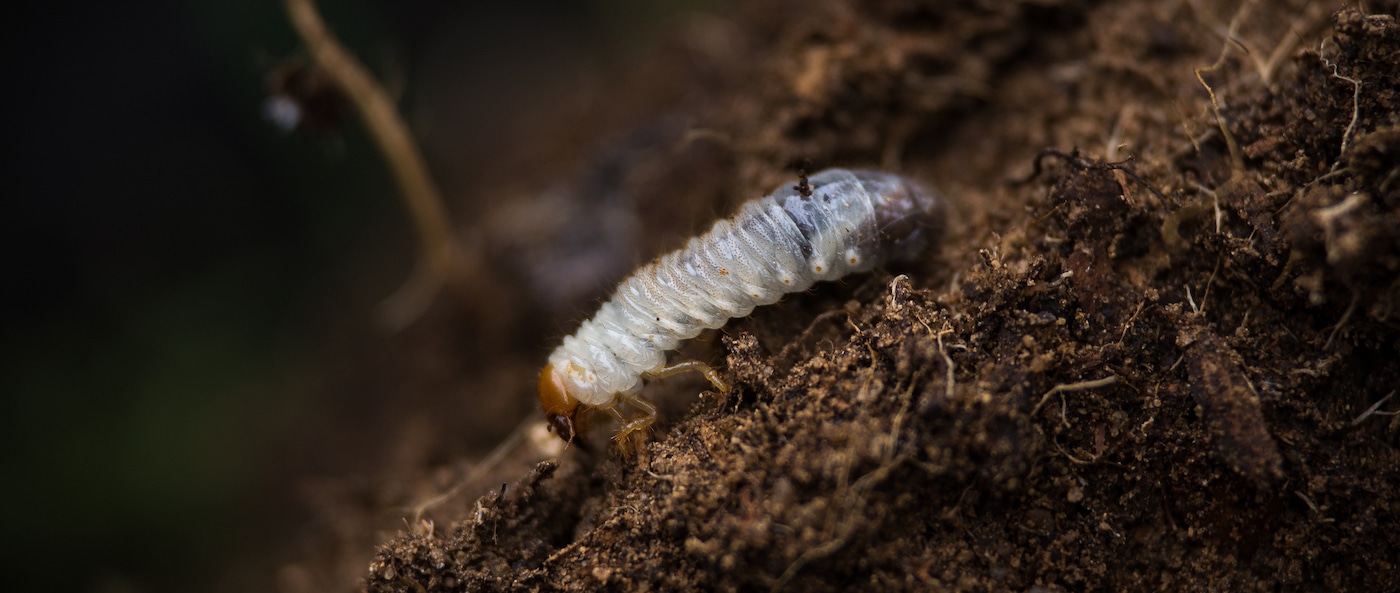
The Richmond area is blessed with a climate that promises plenty of warmth, rain, and a long growing season. But the spring showers that bring May flowers also herald the gardener’s annual battle with the bugs.
Here are the most destructive, invasive pests in Richmond.
White Grubs

White grubs are the larva stages of several beetles. In Richmond, they’re usually the larvae of Japanese beetles and masked chafers. Virginia Tech entomology professor Dr. Tom Kuhar says this pest tops his list when it comes to yard damage. “White grubs are the No. 1 lawn pest in Virginia,” Dr. Kuhar said.
Japanese beetles are about a half-inch long and easy to recognize because of their copper-colored bodies and green thoraxes and heads. As adults, they’ll feed on leaves, flowers, and fruit trees. As grubs, they’ll destroy your lawn. “The grubs feed on grass roots and can kill large patches,” Dr. Kuhar said. “You’ll see their damage in late summer and early fall when the grubs are in their mature stage.”
As adults, the masked chafers are a little larger beetle and dull brown in color. The adults don’t inflict the damage the Japanese beetles do, but the larvae are equally ravenous turf-killers.
Kuhar said the grubs can bring about another form of damage to lawns. “They attract skunks and moles that dig up turf looking for them. That can be an aesthetic problem.” He also points out drought-stressed lawns are more vulnerable to grub infestation. “A healthy lawn can tolerate some grubs,” Dr. Kuhar said.
You can find commercial chemical insecticides that will control grubs, but a more eco-friendly method is to introduce nematodes, which are microscopic worms that feed on the bigger pests. Nematodes, available online and in stores, are safe for plants and animals.
Brown Marmorated Stink Bugs
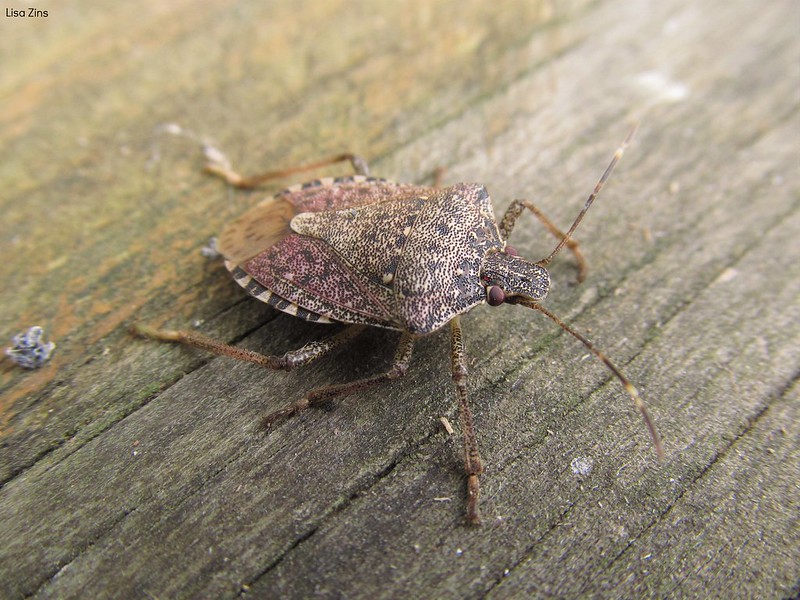
A worrisome pest emerging across Virginia is the brown marmorated stink bug. It’s an Asian import that does serious damage to fruits, vegetables, and nut crops. The squarish bugs are a little over a half-inch long and usually brown, but colors may vary from black to red. It gets its name from the pungent odor it emits to shoo away predators.
Most insecticides are ineffective against this pest, but Dr. Kuhar says a parasitic wasp apparently followed the stink bug from Asia and feasts on its eggs. Tests are now underway to see if the intentional release of Samurai wasp can help control the growing infestation.
Spotted Lanternfly
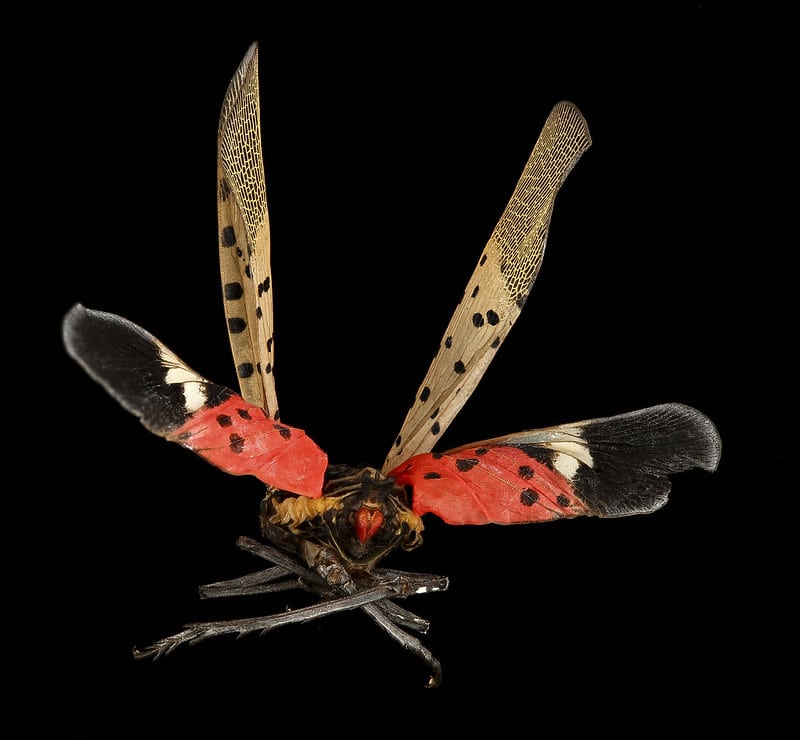
Another recent arrival to Virginia causing concern is the spotted lanternfly. It’s in the class of bugs called leafhoppers and is infamous for sucking the sap out of trees, vines, and ornamental plants. This insect is about an inch long and is deceptively pretty with red wings that give it a unique glow — thus the name. You can also spot them by a honeydew they excrete from the sap they extract.
The lanternfly wasn’t spotted in the U.S. until 2014 but has since migrated from Pennsylvania into Virginia. Because they’re so new, researchers are still studying the best methods of control. They’re testing whether the release of predatory wasps can stem the spread. Meanwhile, you can scrape their eggs from your trees and kill them in baggies of alcohol. Insecticidal soaps, Essential oils neem oil, and pyrethrins also show some effectiveness. The use of chemical insecticides should be left to experienced exterminators.
Emerald Ash Borers
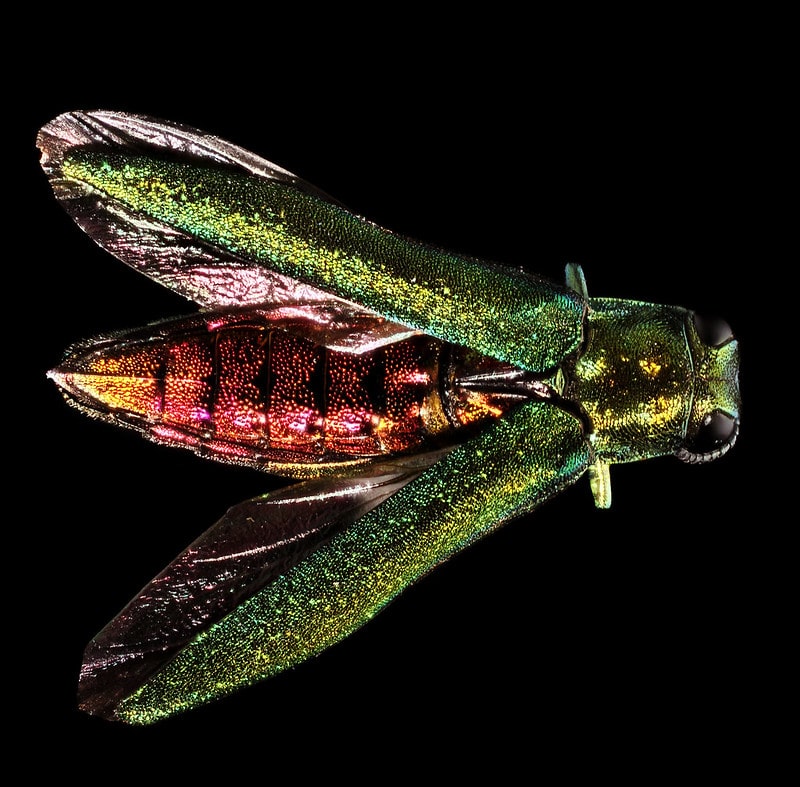
This Asian native beetle only bothers ash trees, but it’s completely devastating to them. The U.S. Department of Agriculture has placed Virginia and much of the Northern United States under a tree quarantine as a result. The adult beetle is tiny — only about a half-inch long — and is recognizable by its bright green color.
Once borers tunnel into an ash tree, they cut circles around the branches and trunk, which cause it to die. Because they live beneath the bark, these bugs are hard to spot. An abundance of woodpeckers on your ash may signal the presence of borers.
Once a tree is infected, there’s no hope of saving it. It must be removed to avoid the spread of the infestation to other trees. Dr. Kuhar says you can prevent the problem by drenching the soil at the base of the tree with insecticide. But you must do this in May or early June before the tree becomes a victim.
Tom Kuhar is a Professor and Integrated Pest Management Specialist in the Department of Entomology at Virginia Tech. Dr. Kuhar’s research focuses on the integrated pest management of insect pests of vegetable crops and turfgrass. He has published over 120 peer-reviewed papers and six book chapters on insect pest management in agricultural crops.
